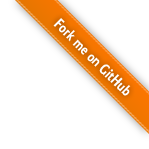Hypothesis


This tool helps you configuring your application for auto-scaling inside various orchestrators. It calculates the load of your application against a 'worst case scenario' and gives you back the key figures for your application's auto-scaling configuration.
You can find a more detailed description of the problematic and on how this tool works reading the article we published on the Toptal Engineering Blog: Do the Math: Scaling Microservices Applications with Orchestrators.

This value should be between 70 and 90 (the higher the better).
This value should be between 70 and 90 (the higher the better).
This value should be between 70 and 90 (the higher the better).
This value should be between 35 and 55 (the higher the better).